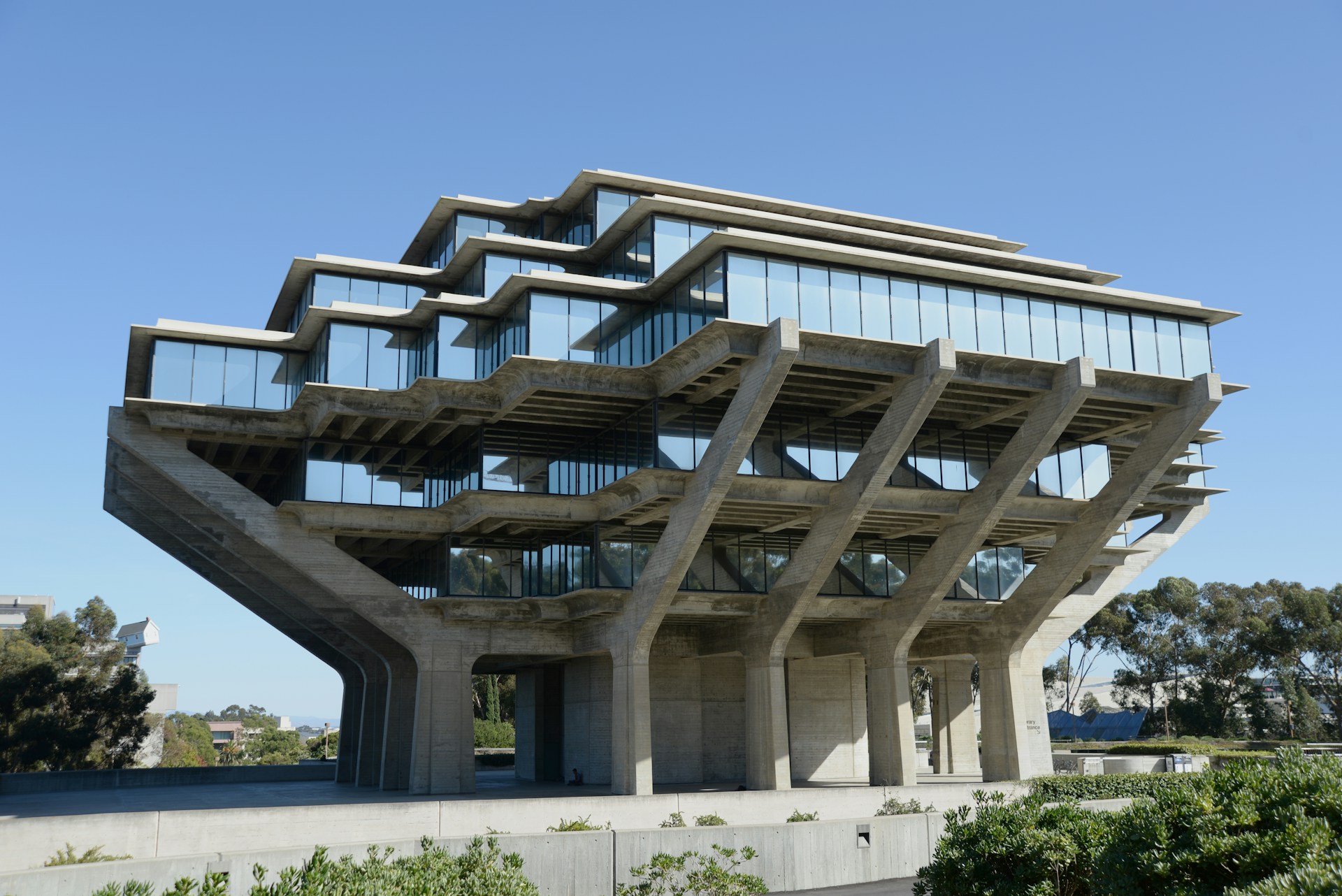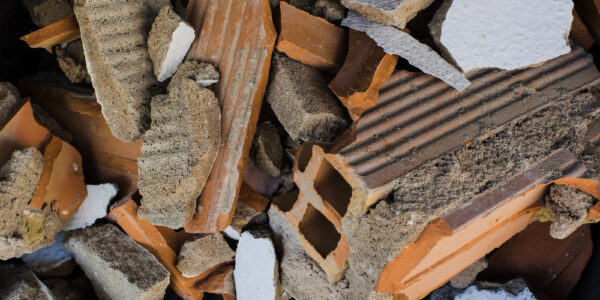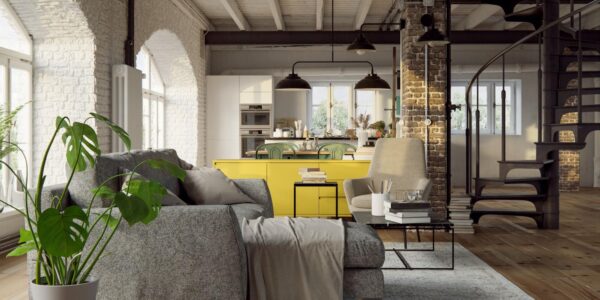Brutalist architecture is an architectural style that emerged in the mid-20th century, characterized by its raw, minimalist aesthetic and the extensive use of exposed concrete. Often polarizing, Brutalism reflects an honest and unadorned approach to design, emphasizing structural elements and functionality over decorative features. To understand what is Brutalism in architecture, it is essential to explore its history, defining characteristics, and its evolution into contemporary concepts like Eco Brutalism.
Brutalism: history and evolution
The history of Brutalism dates back to the post-World War II period, primarily in Europe, when there was a demand for affordable and durable buildings. The term “Brutalism” originates from the French phrase béton brut, meaning “raw concrete,” which became a defining material of this style.
The movement gained prominence in the 1950s and 1960s, largely through the work of famous brutalist architects like Le Corbusier, who pioneered the use of exposed concrete as an integral design element. Brutalism was particularly favored for public buildings, including schools, libraries, and housing projects, as it offered practicality and cost-efficiency during a time of reconstruction and urban growth.
As Brutalism evolved, it spread beyond Europe to North America and Asia, where famous brutalist architects adopted the style to create monumental and imposing Brutalist buildings. Despite its popularity, the Brutalism style faced criticism in later decades for its austere and heavy appearance, which some viewed as uninviting.
Characteristics of Brutalist architecture
The Brutalist architecture characteristics reflect a focus on materials, functionality, and form. Below are the key features that define the architectural style of Brutalism:
- Exposed concrete: Concrete is the hallmark of Brutalist architecture. Its raw and unfinished appearance creates a rugged aesthetic that emphasizes the building’s structural elements.
- Monolithic forms: Brutalist buildings often feature massive, block-like shapes that give them a bold and imposing presence.
- Geometric lines: Sharp angles, clean lines, and repetitive geometric patterns are common in brutalist design.
- Functional design: The emphasis on practicality means that decorative elements are minimal or absent. The design highlights the building’s purpose and structural honesty.
- Raw materials: Along with concrete, materials like brick, steel, and glass are used in their natural states, aligning with the minimalist principles of brutalism.
- Heavy appearance: Brutalist buildings tend to have a fortress-like quality, with thick walls and solid facades that convey permanence and strength.
These Brutalist architecture characteristics make the style unique and easily recognizable, even in contemporary design contexts.
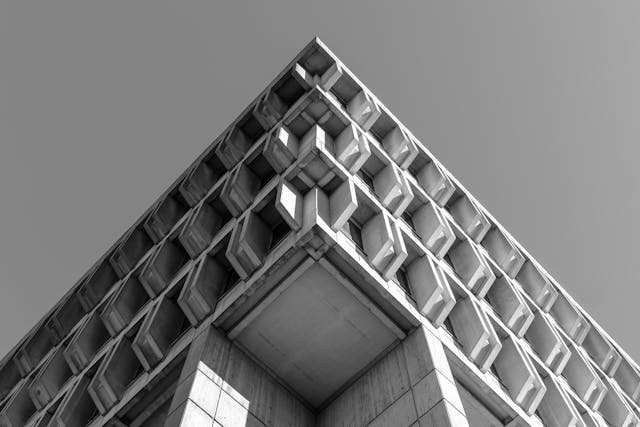
Eco Brutalism: sustainability meets Brutalism
In recent years, Eco Brutalism has emerged as a modern interpretation of traditional Brutalism, integrating sustainable principles into the original style. Although traditional Brutalism often faced criticism for its heavy use of concrete, Eco Brutalism seeks to mitigate these issues by incorporating sustainable design principles by incorporating sustainable building materials and green design practices.
Eco Brutalism combines the rugged aesthetics of traditional Brutalism with elements that promote environmental harmony. For example, Brutalist buildings are now being adapted to include vertical gardens, energy-efficient systems, and renewable materials. This approach creates structures that are both visually striking and environmentally responsible.
A notable feature of Eco Brutalism is its focus on blending natural and urban elements. Buildings often incorporate greenery, natural ventilation, and energy-saving technologies, making them more sustainable while maintaining the distinctive Brutalism style. These innovations allow architects to preserve the essence of Brutalism while meeting modern sustainability standards.
Key differences between Brutalism and Eco Brutalism
While both Brutalism and Eco Brutalism share a common aesthetic foundation, there are notable differences between the two:
- Material use: Traditional Brutalism relies heavily on exposed concrete and raw materials, while Eco Brutalism incorporates sustainable building materials like recycled concrete, wood, and green insulation.
- Environmental impact: Eco Brutalism addresses the ecological concerns of its predecessor by focusing on energy efficiency and reducing carbon footprints.
- Integration of nature: Eco Brutalism often includes green roofs, vertical gardens, and open spaces to harmonize buildings with their natural surroundings.
- Purpose: While Brutalist architecture prioritized durability and functionality, Eco Brutalism emphasizes sustainability and adaptability to modern environmental needs.
These differences show how Brutalism has evolved to combine its bold style with modern sustainability goals.
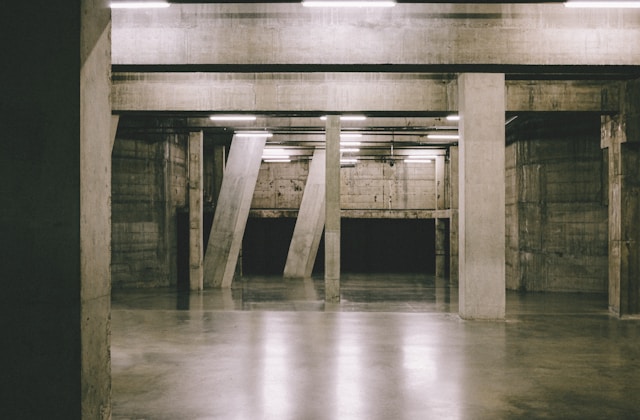
Iconic examples of Brutalist buildings
To gain a clearer understanding of what is Brutalism and its significance, it is helpful to explore some examples of Brutalist architecture that have left a lasting impact on the world of design. Below are a few iconic Brutalist buildings:
- Unite d’Habitation (Marseille, France): Designed by Le Corbusier, this residential building is a prime example of Brutalism, featuring raw concrete facades and modular living units. It remains an influential project in modern architecture.
- Barbican Centre (London, UK): This multi-use complex combines housing, arts, and cultural spaces in a monumental Brutalist design. The Barbican Centre is celebrated for its unique geometric forms and functionality.
- National Theatre (London, UK): Known for its striking, fortress-like appearance, the National Theatre exemplifies the boldness of Brutalist architecture. Its heavy concrete structure and sharp lines define the building’s visual impact.
- Boston City Hall (Boston, USA): A controversial yet iconic building, Boston City Hall reflects the principles of Brutalism through its imposing concrete facade and geometric design.
- Habitat 67 (Montreal, Canada): Designed by Moshe Safdie, this residential complex features interconnected concrete modules that create a unique, sculptural form. It is an innovative example of the Brutalism style applied to urban housing.
These examples of Brutalist architecture highlight the versatility and enduring influence of this style across different regions and functions. They also demonstrate how the history of Brutalism continues to inspire contemporary design.
While Brutalist architecture remains a subject of debate, its legacy is undeniable. Modern adaptations, such as Eco Brutalism, reflect an ongoing evolution that embraces sustainability while honoring the principles of the original style. By blending innovation with tradition, the Brutalist architectural style continues to leave a lasting mark on architectural history, influencing everything from urban planning to interior decoration style trends.

Related articles
Discover your new home with MiA
We have launched our virtual agent to help you find the property you are looking for.
Ask MiA and get personalized recommendations to find your dream home. Try it now!
